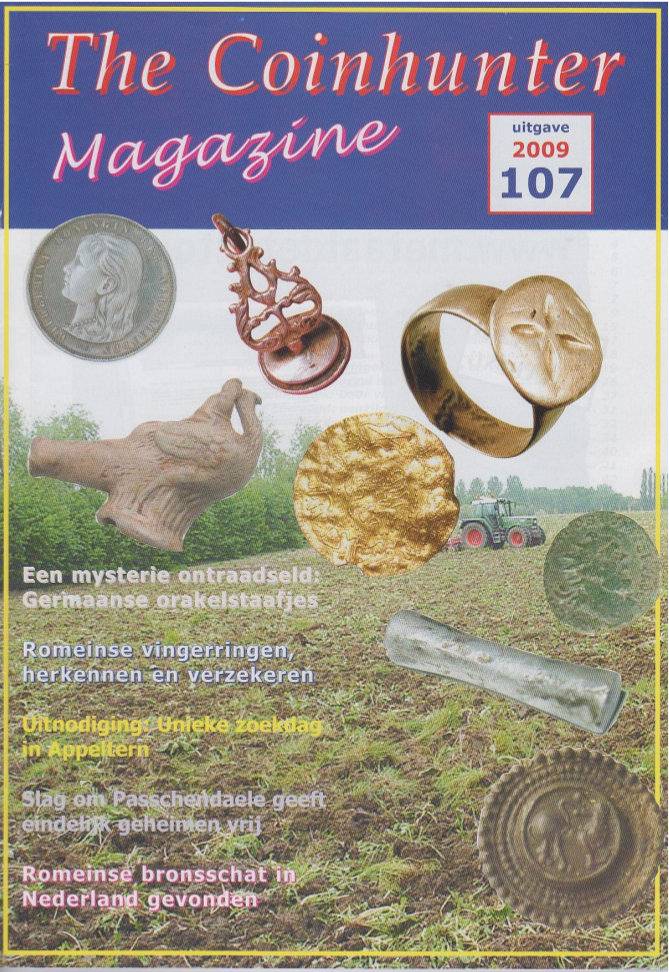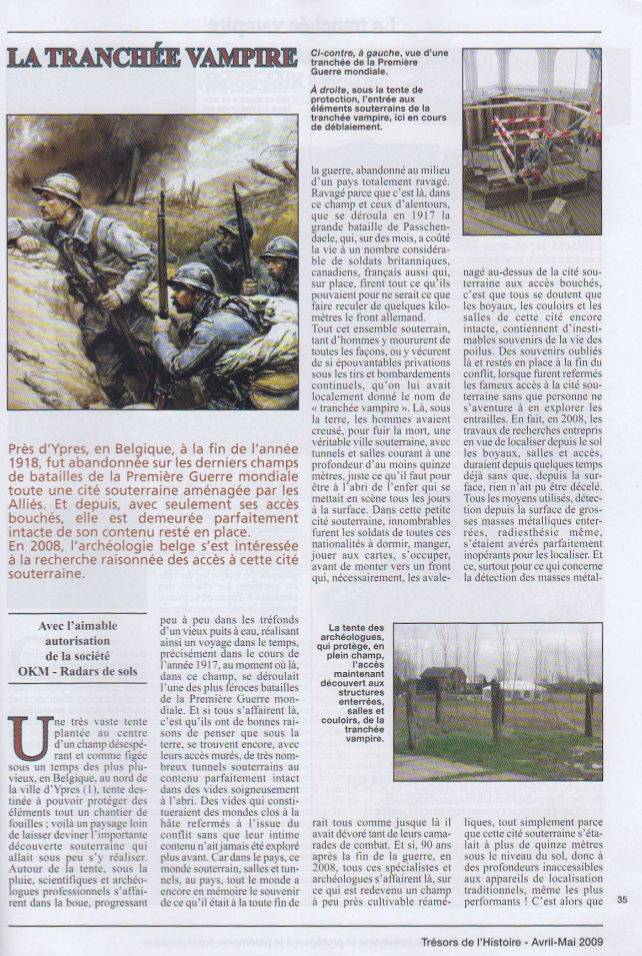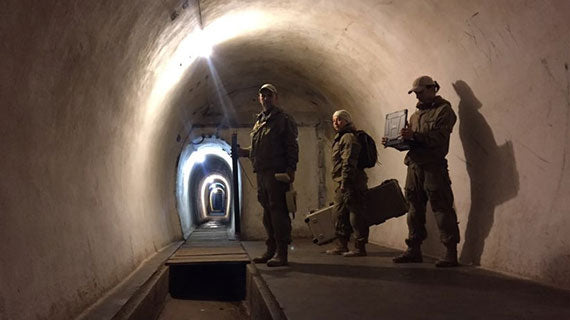Future I-160 locates remains of a fighter plane

Dedektör Future I-160 (2001-2017)
Bölge: Great Britain
Tarafından keşfedildi Malcolm Weale
East Anglian scientist, Malcolm Weale of Eye in Suffolk, played a crucial part in the Channel 5 live documentary "Fighter Plane Dig" screened nationwide over the bank holiday weekend. Using state-of-the-art ground penetrating radar – equipment so new that he has the only unit presently available in the UK – Malcolm pinpointed the wreckage with such accuracy that the dig site was just inches away from its target.
"We were spot on!" said a relieved Malcolm after the historic live broadcast of the hunt for the crashed wartime Hurricane fighter on Sunday night. "We found the remains of the fighter within inches of the expected location." The presenters of the Channel Five programme were delighted that Malcolm's ground penetrating radar, confirmed by photographic evidence from forensic photographer Peter Sutherst of Luton, was so accurate that the hole dug for the crashed plane was not even one foot out.


The story began 64 years ago at midday on Sunday 15th September 1940. The Battle for Britain had almost ended and the London Blitz was about to begin – in a big way. At 12,000 feet a German Dornier bomber droned across the London skyline on its way to destroy Buckingham Palace the symbol of Britain's imperial majesty.
One man stood in its way, 22 year old Sgt Ray Holmes just fresh out of training school. But his Hurricane fighter ran out of ammunition and the bomber still flew on to its royal target. Thinking fast, Sgt Holmes took a deep breath and, in a manoeuvre that was definitely not in the rule book, aimed his plane directly at the intruder. Seconds before his plane rammed the bomber he baled out with such force that his boots flew off. But his audacious act had saved the palace from destruction. Both planes came down. The Dornier, now minus its tail, exploded in a fireball just outside Victoria station while the Hurricane screamed through the air at 400mph to punch a hole several feet deep in the ground at the end of Buckingham Palace road.
"Old photographs taken at the scene of the crash gave us a chance to identify the location of the crash site," Malcolm said. "But the ground penetrating radar not only confirmed the location but also revealed that we were looking at an airplane engine made from aluminium and steel."


"By 3pm on Sunday afternoon we knew that we had done it. The hole in the ground was no more that 8 feet x 8 feet and about 10 feet deep. At the bottom we found numerous engine parts including one of its pistons 8 inches across and weighing as much as 10 lbs. We also found the cockpit instrument panel with its machine gun firing button still in the 'live' position. But the really exciting find was almost all of the engine casing still relatively intact. The final lift was delayed until 9.45 pm when the live broadcast was due to reach its climax."
"The crowds around the site stood five feet deep on the pavements and a big cheer went up when the engine emerged from its sixty year old tomb. But their biggest cheer was for pilot Ray Holmes who, despite failing health at the age of 86, had made the journey from his home in the Midlands to be present at this historic occasion. It was a nostalgic and tender moment when he ran his fingers over the cockpit controls once more that he had last seen 64 years earlier."
After the programme Malcolm added, "I know there are more parts buried in the ground at the site. I have even seen the shape of one of the wing-mounted machine guns nearby and the propeller boss is just below where the engine was dug out".
Get Rewarded for Your Treasure Finds
You have also made discoveries and detected amazing artifacts and would like to share them (anonymously)? We look forward to reading and publishing your success stories!


